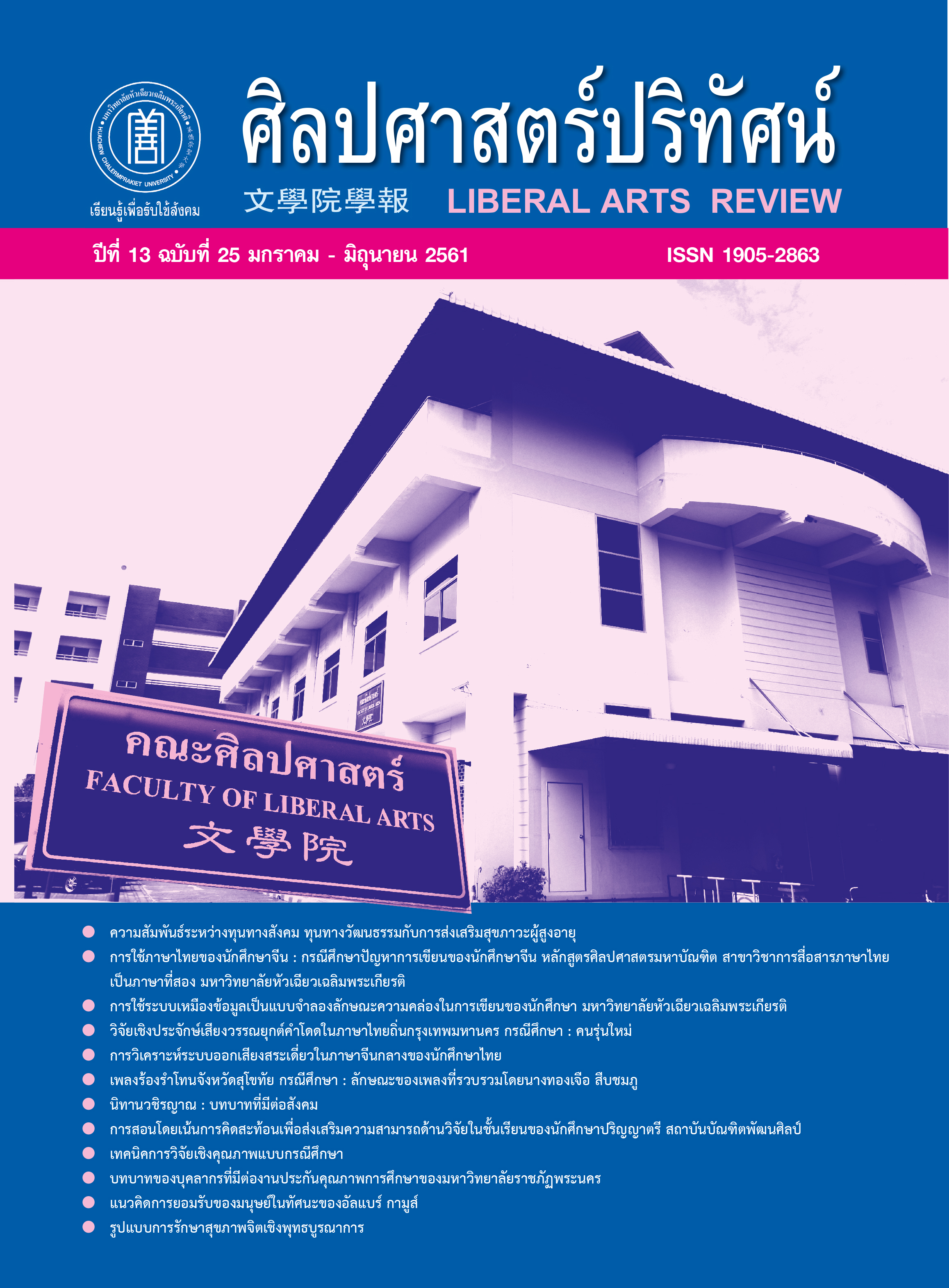Model of Buddhist Integrated Mental Health Care
Keywords:
Model, Mental health care, Buddhist integrationAbstract
This research aimed to study model of mental health care in Buddhism and in Thai society, and to fnd model of Buddhist integrated mental health care by using the documentary study and target group interviewed as means of this research. From the research, it was found that model of mental health care in Buddhism was of four methods: Prevention, abandon, development and continuation of care. They based on two concepts; the frst concept was concept of mental control of each people for stability of mind, it does not swing into emotions both of inside and outside that affected its stability for right concentration, the second concept is concept of mental protection, restrain mind from deflements such as ignorance, or it does was covered by roots of bad actions; greed, hatred, and delusion. Model of mental health care in Thai society was found that 1) for monks, they cared it by mixed model and process, combination of counselling for peoples as Buddhist monks and Dhamma therapy by proceeding them into theirs routine rituals, 2) for psychiatrist, they cared it by three methods; drugs using, sorting by fres, and psychotherapy, 3) for offcials of public health organization, they have been models and process of mental health care into two methods; drugs using and counselling, meanwhile local doctor have three methods; caring by counseling, massage, and using herbs. Model of Buddhist integrated mental health care had four methods: Prevention, abandon, development, and continuation of care. They were called ‘PADC MODEL’.
Downloads
Published
How to Cite
Issue
Section
License
บทความที่ได้รับการตีพิมพ์เป็นลิขสิทธิ์ของวารสารศิลปศาสตร์วิชาการและวิจัย
ข้อความที่ปรากฏในบทความแต่ละเรื่องในวารสารวิชาการเล่มนี้เป็นความคิดเห็นส่วนตัวของผู้เขียนแต่ละท่านไม่เกี่ยวข้องกับมหาวิทยาลัยหัวเฉียวเฉลิมพระเกียรติ และคณาจารย์ท่านอื่นๆ ในมหาวิทยาลัยฯ แต่อย่างใด ความรับผิดชอบองค์ประกอบทั้งหมดของบทความแต่ละเรื่องเป็นของผู้เขียนแต่ละท่าน หากมีความผิดพลาดใดๆ ผู้เขียนแต่ละท่านจะรับผิดชอบบทความของตนเองแต่ผู้เดียว




